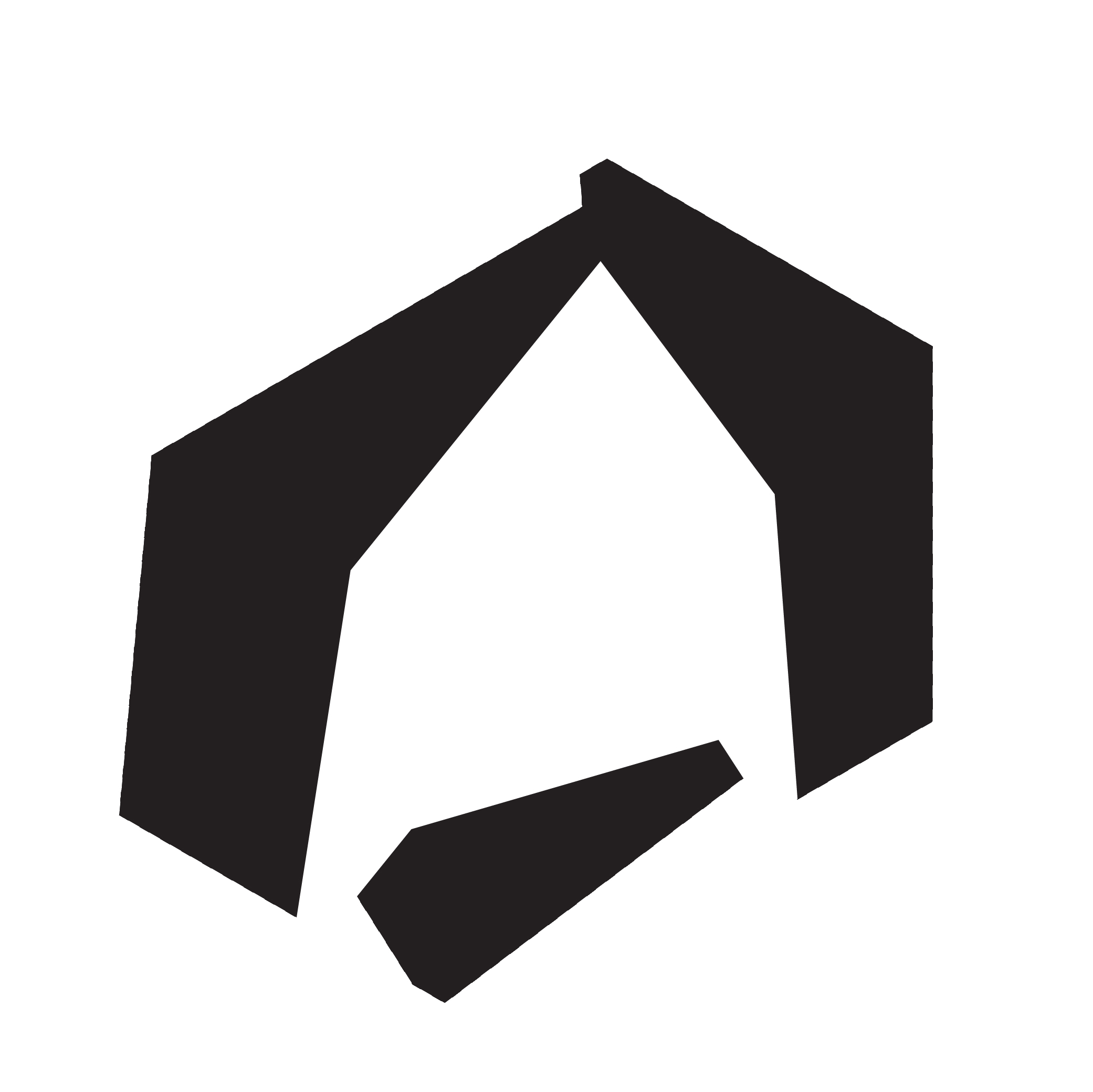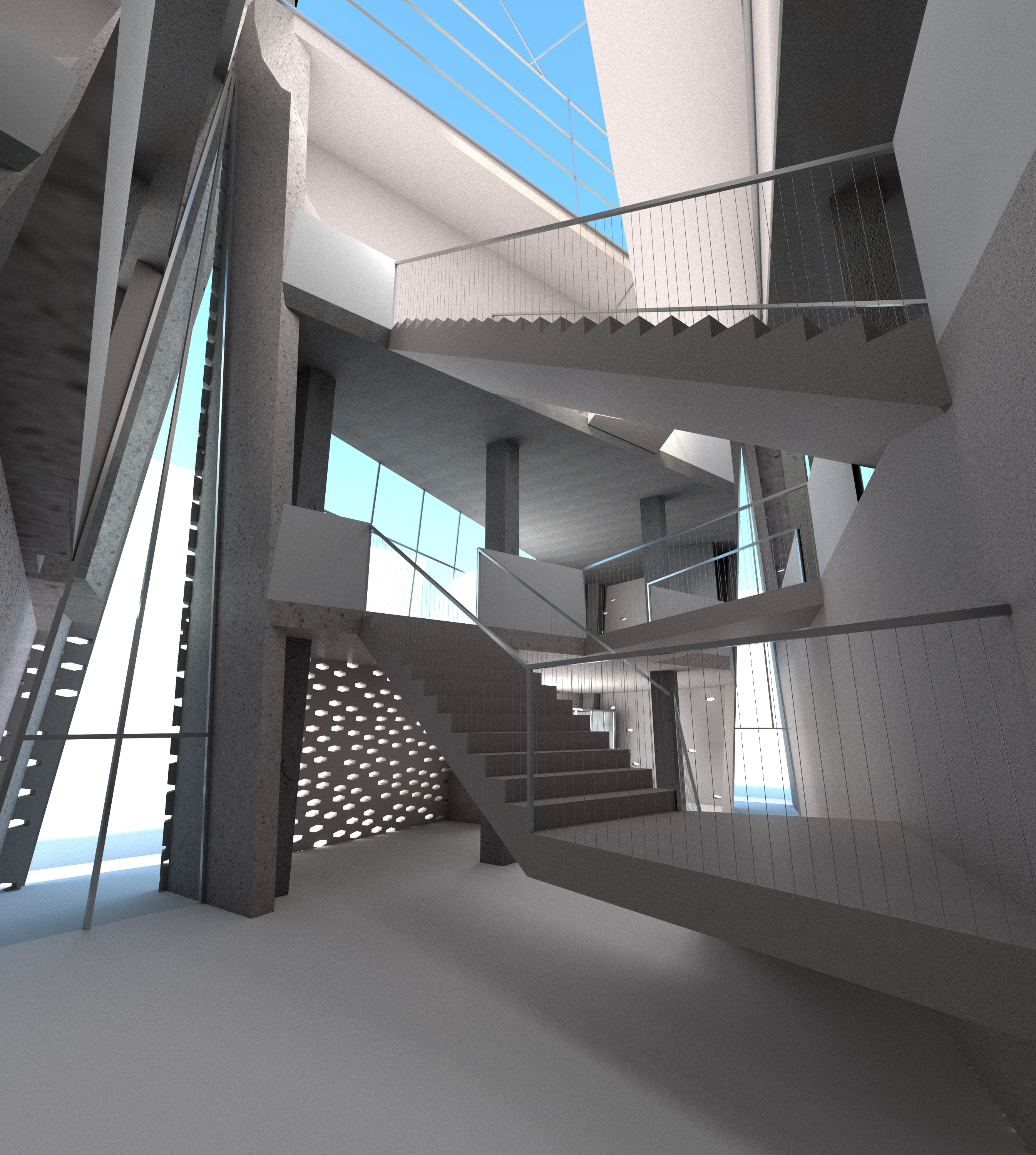

The design for this building is based on the intersection of three shapes which together produce an experiential condition of interiority. Movement throughout the spaces are promoted by altering spatial conditions. Angled walls hide and reveal rooms, providing different experiential qualities within the structure.


A series of urban studies of the site were conducted in order to guide spatial and material qualities of the building as sustainability was of interest for the project. In addition, its location within San Francisco and in relation to other buildings was key in determinants of program organization. Studies of water and park locations, differentiation between public and private buildings, as well as the location of public transportation and the distinction between the city’s street axis informed the Urban Institute.


Wrapped around a central atrium, the varying leaning triangular shapes offset one another, creating inset entrances which promote exploration.

Within this space is the central means of circulation which connects all floors, encouraging the inhabitants’ movement and health. It aditionally allows for a variety of light streaks to penetrate the building at different angles.



The facade provides an additional variation in space as the degree of porosity of the structure changes from North to South. Such orientation provides thermal comfort as well as privacy as it allows light to move through the more public areas while shielding the more private spaces.










